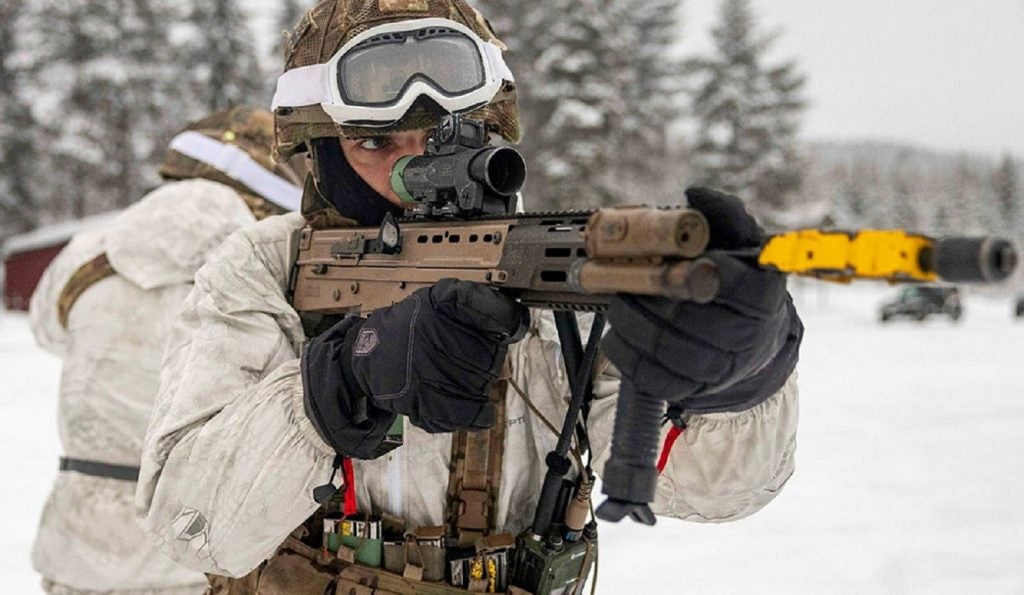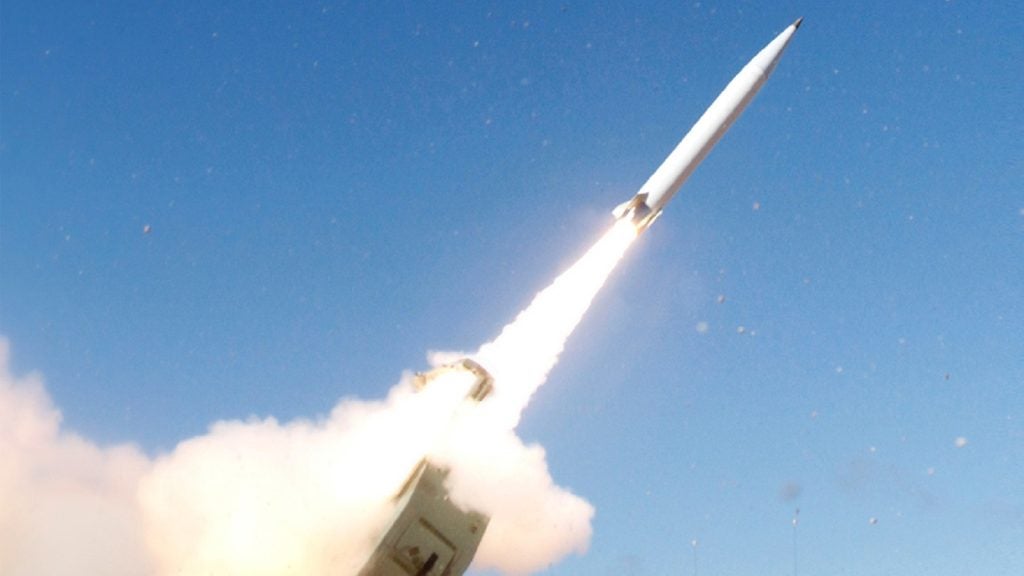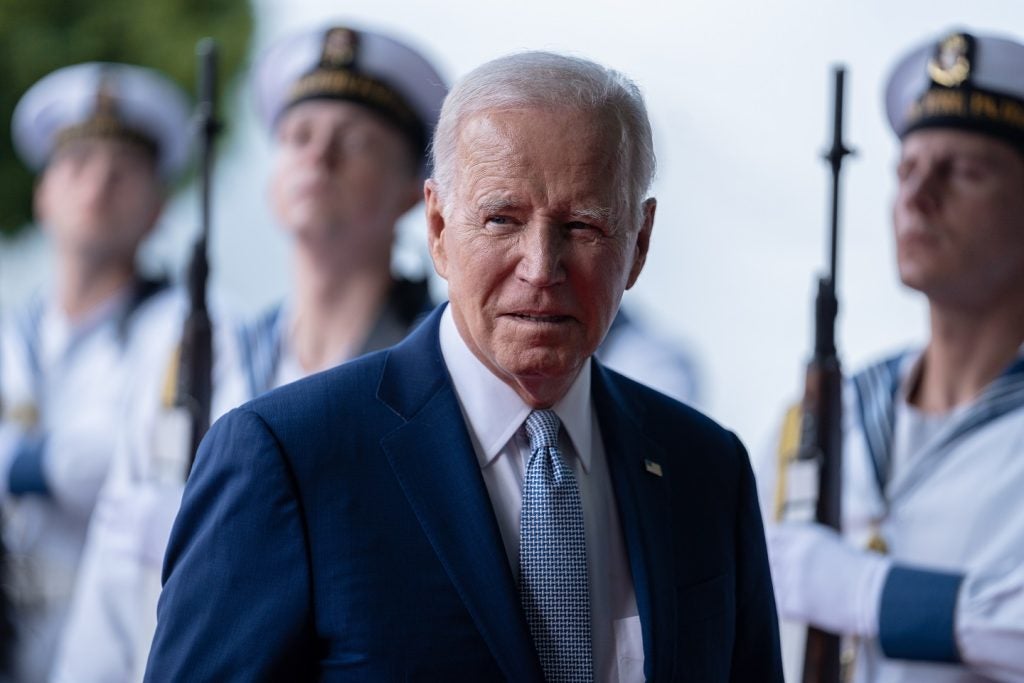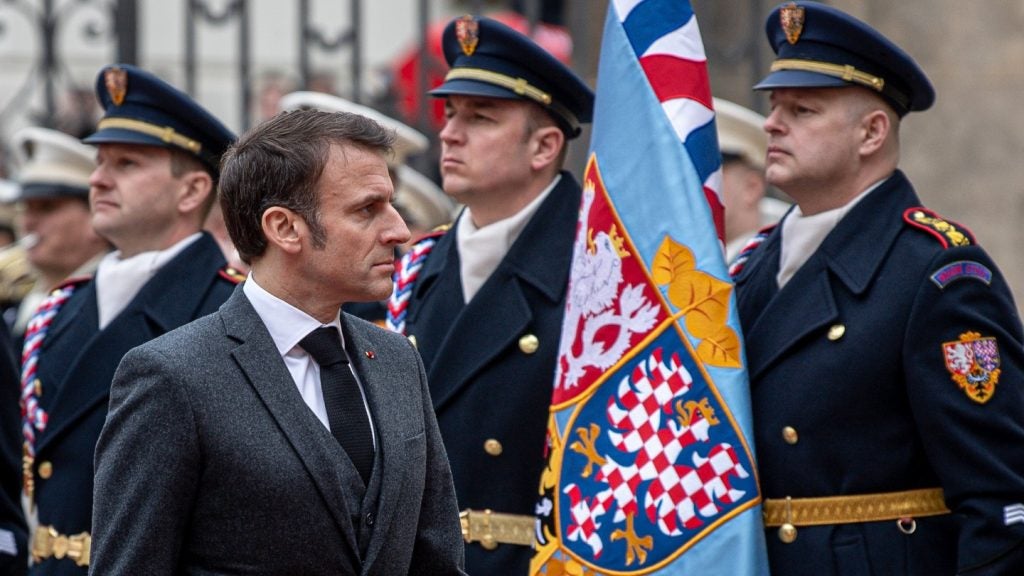The British Army is beginning to ‘ramp down’ production of its existing assault rifle, the SA80, designated L85A3, ahead of the induction of its replacement system under Project Grayburn.
First introduced into the service in 1985, and manufactured by the German firearms supplier, Heckler & Koch, the SA80 5.56-millimetre, gas-operated rifle has undergone three iteration developments: from A1 to A2 in 2002, while the latest A3 configuration was first issued in 2018.
A2 was fitted with a heavier and longer barrel for achieving greater muzzle velocity than the original A1 rifle base model.
Later, the A3 version minimised its visual and infrared spectrums; it is more scratch-resistant; and it came with a new handguard that supports the upper receiver while improving the precision and accuracy of the weapon system.
It has been used by UK forces in recent conflicts in Iraq and Afghanistan, as well as more distant conflicts such as the First Gulf War and the unrest in Bosnia as part of United Nations peacekeeping operations, the SA80 suffered through significant jamming and operational failures when employed in adverse environmental conditions, prior to the introduction of the more recent variants.
In January 2022 a Parliamentary written response revealed that the UK had a total inventory of 134,912 SA80A2 variants and 17,900 SA80A3 variants, held across defence.
Project Grayburn
This time last year, British Army officials told Army Technology that Project Grayburn, which was at the time still undergoing its concept phase, was due to to replace the SA80 some time in 2025, with a “modular” system potentially an option.
Since then it has been confirmed that the future weapon system will have operational commonality and it was further revealed that the British Army will approach industry partners toward the end of 2024, kick-starting the Grayburn replacement programme.
Defence Equipment & Support – the UK’s defence procurement branch, responsible for managing acquisition and the through-life support of systems – laid out its current focus on procuring 170,000 units that can be integrated across the Armed Forces.
Additional reporting from Richard Thomas.












